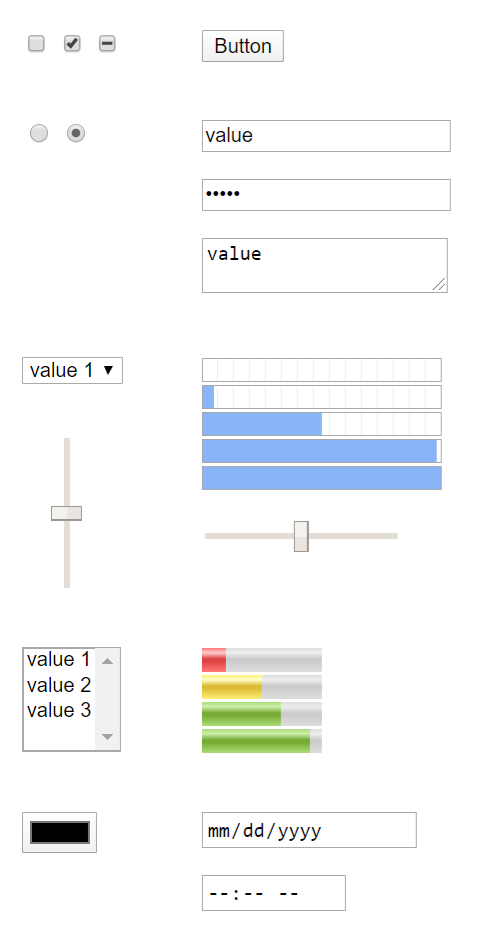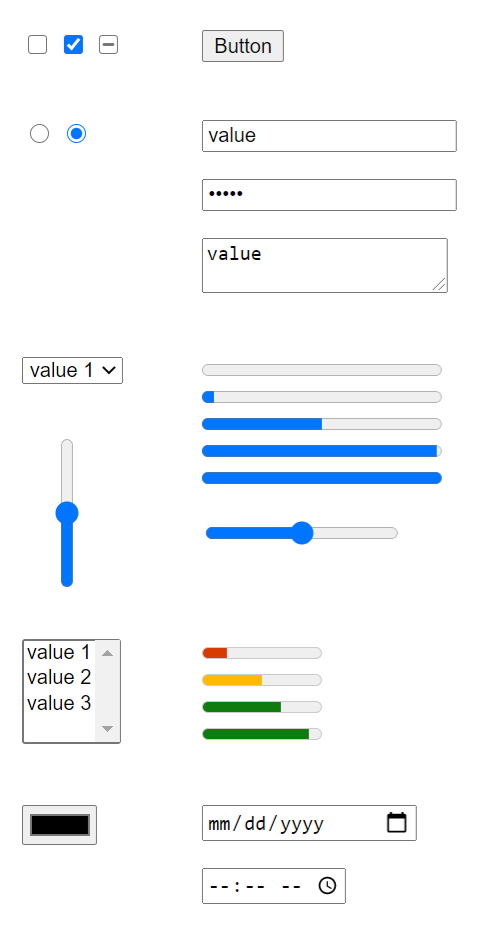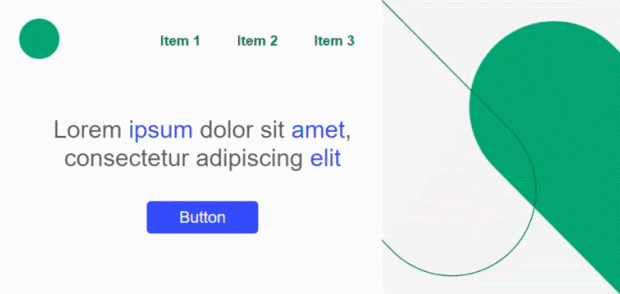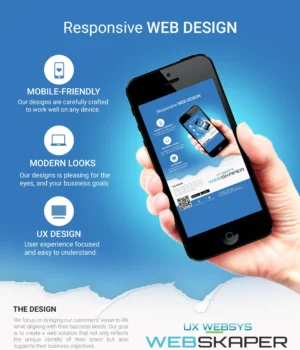New in Chrome 83
Chrome 83 is starting to roll out to stable now.
Here’s what you need to know:
- Trusted types help prevent cross site scripting
vulnerabilities. - Form elements get an important make-over.
- There’s a new way to detect memory leaks.
- The native file system API starts a new origin trial with added
functionality. - There are new cross-origin policies
- We’ve introduced the Web Vitals program, to provide unified
guidance for quality signals that, we believe, are essential to delivering
a great user experience on the web. - And more.
I’m Pete LePage, working and shooting from home,
let’s dive in and see what’s new for developers in Chrome 83!
Note: App shortcuts were supposed to be landing in Chrome 83, but were
delayed until Chrome 84, scheduled for July 14th.
Trusted types
DOM-based cross-site scripting is one of the most common security
vulnerabilities on the web. It can be easy to accidentally introduce
one to your page. Trusted types can help prevent these kinds of
vulnerabilities, because they require you to process the data before
passing it into a potentially dangerous function.
Take innerHTML for example, with trusted types turned on, if I try to pass
a string, it’ll fail with a TypeError because the browser doesn’t know if it
can trust the string.
// Trusted types turned on
const elem = document.getElementById('myDiv');
elem.innerHTML = `Hello, world!`;
// Will throw a TypeError
Instead, I need to either use a safe function, like textContent, pass in
a trusted type, or create the element and use appendChild().
// Use a safe function
elem.textContent = ''; // OK
// Pass in a trusted type
import DOMPurify from 'dompurify';
const str = `Hello, world!`;
elem.innerHTML = DOMPurify.sanitize(str, {RETURN_TRUSTED_TYPE: true});
// Create an element
const img = document.createElement('img');
img.src = 'xyz.jpg';
elem.appendChild(img);
Before you turn on trusted types, you’ll want to identify and fix any
violations using a report-only CSP header.
Content-Security-Policy-Report-Only: require-trusted-types-for 'script'; report-uri //example.com
Then once you’ve got everything buttoned up, you can turn it on properly.
Complete details are in
Prevent DOM-based cross-site scripting vulnerabilities with Trusted Types
on web.dev.
Updates to form controls
We use HTML form controls every day, and they are key to so much of the
web’s interactivity. They’re easy to use, have built-in accessibility, and are
familiar to our users. The styling of form controls can be inconsistent
across browsers and operating systems. And we frequently have to ship a
number of CSS rules just to get a consistent look across devices.


I’ve been really impressed by the work Microsoft has been doing to modernize
the appearance of form controls. Beyond the nicer visual style, they bring
better touch support, and better accessibility, including improved keyboard
support!

The new form controls have already landed in Microsoft Edge, and are now
available in Chrome 83. For more information, see
Updates to Form Controls and Focus
on the Chromium blog.
Origin trials
Measure memory with measureMemory()
Starting an origin trial in Chrome 83, performance.measureMemory() is a
new API that makes it possible to measure the memory usage of your page, and
detect memory leaks.
Memory leaks are easy to introduce:
- Forgetting to unregister an event listener
- Capturing objects from an iframe
- Not closing a worker
- Accumulating objects in arrays
- and so on.
Memory leaks lead to pages that appear slow, and bloated to users.
if (performance.measureMemory) {
try {
const result = await performance.measureMemory();
console.log(result);
} catch (err) {
console.error(err);
}
}
Check out
Monitor your web page’s total memory usage with measureMemory()
on web.dev for all the details of the new API.
Updates to the Native File System API
The Native File System API started a new origin trial in Chrome 83 with
support for writable streams, and the ability to save file handles.
async function writeURLToFile(fileHandle, url) {
// Create a FileSystemWritableFileStream to write to.
const writable = await fileHandle.createWritable();
// Make an HTTP request for the contents.
const response = await fetch(url);
// Stream the response into the file.
await response.body.pipeTo(writable);
// pipeTo() closes the destination pipe automatically.
}
Writable streams make it much easier to write to a file, and because it’s a
stream, you can easily pipe responses from one stream to another.
Saving file handles to IndexedDB allows you to store state, or remember
which files a user was working on. For example keep a list of recently
edited files, open the last file that the user was working on, and so on.
You’ll need a new origin trial token to use these features, so check out my
updated article
The Native File System API: Simplifying access to local files
on web.dev with all the details, and how to get your new origin trial token.
Other origin trials
Check https://developers.chrome.com/origintrials/#/trials/active for
a complete list of features in origin trial.
New cross-origin policies
Some web APIs increase the risk of side-channel attacks like Spectre.
To mitigate that risk, browsers offer an opt-in-based isolated environment
called cross-origin isolated. The cross-origin isolated state also prevents
modifications of document.domain. Being able to alter document.domain
allows communication between same-site documents and has been considered
a loophole in the same-origin policy.
Check out Eiji’s post
Making your website «cross-origin isolated» using COOP and COEP for
complete details.
Web vitals
Measuring the quality of user experience has many facets. While some aspects
of user experience are site and context specific, there is a common set of
signals — «Core Web Vitals» — that is critical to all web experiences.
Such core user experience needs include loading experience,
interactivity, and visual stability of page content, and combined are the
foundation of the 2020 Core Web Vitals.

- Largest Contentful Paint measures perceived load speed and
marks the point in the page load timeline when the page’s main content has
likely loaded. - First Input Delay measures responsiveness and quantifies the
experience users feel when trying to first interact with the page. - Cumulative Layout Shift measures visual stability and
quantifies the amount of unexpected layout shift of visible page content.
All of these metrics capture important user-centric outcomes, are field
measurable, and have supporting lab diagnostic metric equivalents and
tooling. For example, while Largest Contentful Paint is the topline loading
metric, it is also highly dependent on First Contentful Paint (FCP) and
Time to First Byte (TTFB), which remain critical to monitor and improve.
To learn more, check out
Introducing Web Vitals: essential metrics for a healthy site
on the Chromium Blog for complete details.
And more
- Chrome now supports the Barcode Detection API, which
provides the ability to detect and decode barcodes. - The new CSS @supports function provides feature detection
for CSS selectors. - New ARIA annotations
support screen reader accessibility for comments, suggestions, and text
highlights with semantic meanings (similar to<mark>). - The
prefers-color-schememedia query lets authors support
their own dark theme so they have full control over experiences they build. - JavaScript now supports modules in shared workers.
Note: Curious about what’s coming in the future? Check out the
Fugu API Tracker to see!
Further reading
This covers only some of the key highlights. Check the links below for
additional changes in Chrome 83.
- What’s new in Chrome DevTools (83)
- Chrome 83 deprecations & removals
- ChromeStatus.com updates for Chrome 83
- What’s new in JavaScript in Chrome 83
- Chromium source repository change list
Subscribe
Want to stay up to date with our videos, then subscribe
to our Chrome Developers YouTube channel,
and you’ll get an email notification whenever we launch a new video, or add our
RSS feed to your feed reader.
I’m Pete LePage, and I need a hair cut, but as soon as Chrome 84 is
released, I’ll be right here to tell you — what’s new in Chrome!
Feedback
This post is also available in:
 English
English





